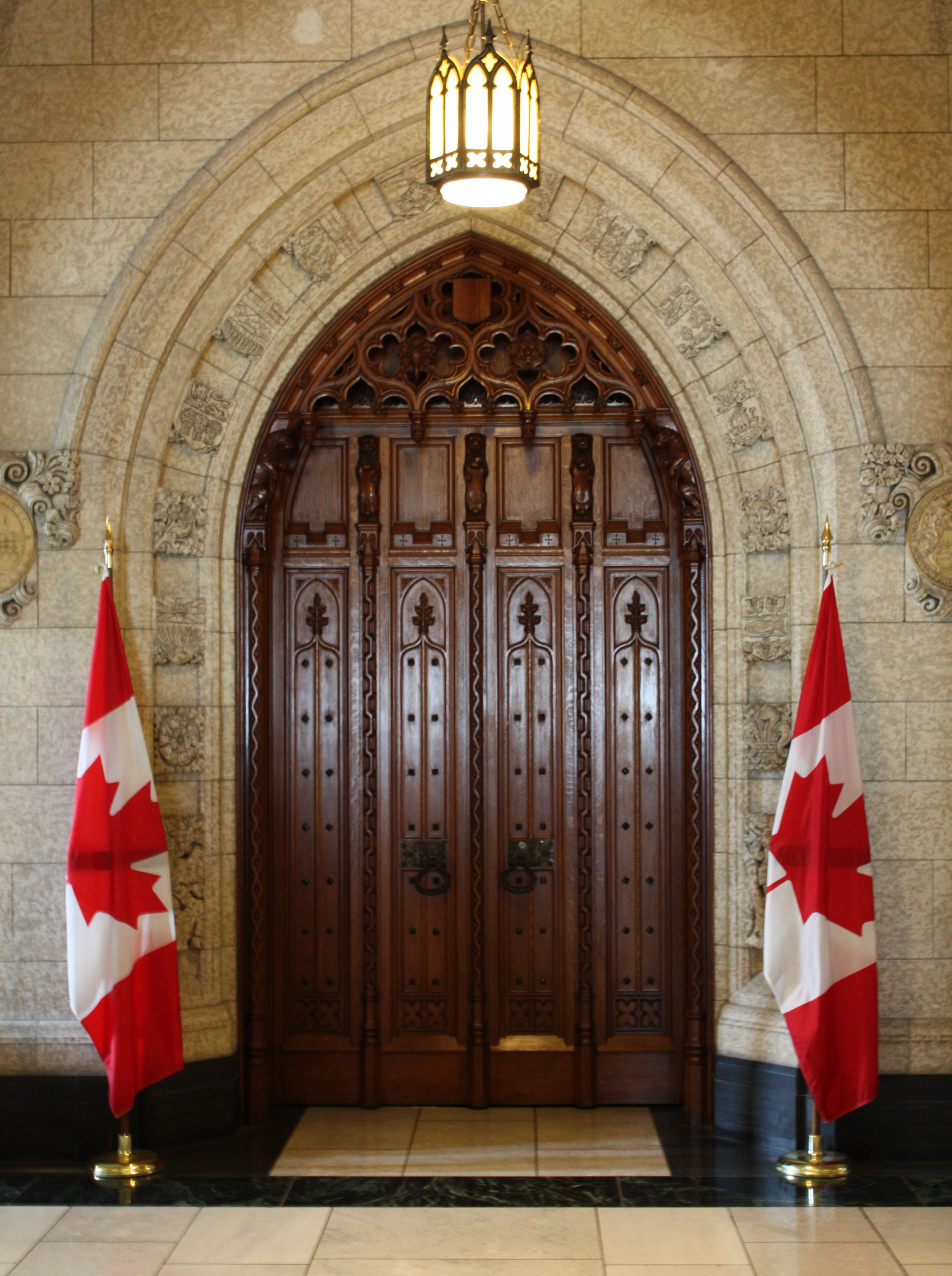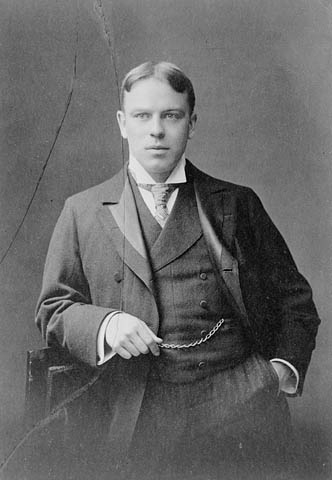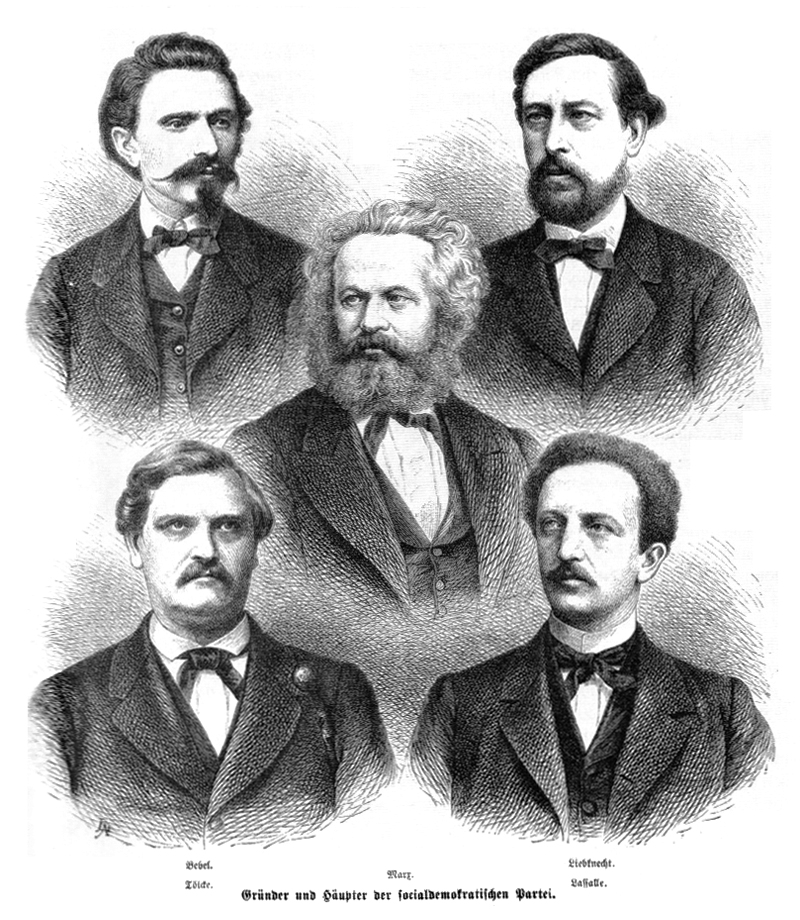|
1949 Canadian Federal Election
The 1949 Canadian federal election was held June 27, 1949, to elect members of the House of Commons of Canada of the 21st Canadian Parliament, 21st Parliament of Canada. The Liberal Party of Canada was re-elected with its fourth consecutive government, winning 191 seats (73 percent of the seats in the House of Commons), with just under 50 percent of the popular vote. It was the Liberals' first election in almost thirty years not under the leadership of William Lyon Mackenzie King. King had retired in 1948, and was replaced as Liberal leader and Prime Minister of Canada, Prime Minister by Louis St. Laurent. It was the first federal election with Newfoundland and Labrador, Newfoundland voting, having joined Canada in March of that year. It was also the first election since 1904 Canadian federal election, 1904 in which part of the remaining parts of the Northwest Territories were granted representation, following the partitioning off of the provinces of Alberta and Saskatchewan. T ... [...More Info...] [...Related Items...] OR: [Wikipedia] [Google] [Baidu] |
House Of Commons Of Canada
The House of Commons of Canada () is the lower house of the Parliament of Canada. Together with the Monarchy of Canada#Parliament (King-in-Parliament), Crown and the Senate of Canada, they comprise the Bicameralism, bicameral legislature of Canada. The House of Commons is a democratically elected body whose members are known as Member of Parliament (Canada), members of Parliament (MPs). The number of MPs is adjusted periodically in alignment with each decennial Census in Canada, census. Since the 2025 Canadian federal election, 2025 federal election, the number of seats in the House of Commons has been 343. Members are elected plurality voting, by simple plurality ("first-past-the-post" system) in each of the country's Electoral district (Canada), electoral districts, which are colloquially known as ''ridings''. MPs may hold office until Parliament is dissolved and serve for constitutionally limited terms of up to five years after an election. Historically, however, terms have ... [...More Info...] [...Related Items...] OR: [Wikipedia] [Google] [Baidu] |
William Lyon Mackenzie King
William Lyon Mackenzie King (December 17, 1874 – July 22, 1950) was a Canadian statesman and politician who was the tenth prime minister of Canada for three non-consecutive terms from 1921 to 1926, 1926 to 1930, and 1935 to 1948. A Liberal, he was the dominant politician in Canada from the early 1920s to the late 1940s. King is best known for his leadership of Canada throughout the Great Depression and the Second World War. He played a major role in laying the foundations of the Canadian welfare state and establishing Canada's international position as a middle power. With a total of 21 years and 154 days in office, he remains the longest-serving prime minister in Canadian history and as well as the longest-serving Liberal leader, holding the position for exactly 29 years. King studied law and political economy in the 1890s and later obtained a PhD, the first of only two Canadian prime ministers to have done so. In 1900, he became deputy minister of the Canadian government ... [...More Info...] [...Related Items...] OR: [Wikipedia] [Google] [Baidu] |
Premier Of Ontario
The premier of Ontario () is the head of government of Ontario. Under the Westminster system, the premier governs with the confidence of a majority the elected Legislative Assembly; as such, the premier typically sits as a member of Provincial Parliament (MPP) and leads the largest party or a coalition of parties. As first minister, the premier selects ministers to form the Executive Council (provincial cabinet), and serves as its chair. Constitutionally, the Crown exercises executive power on the advice of the Executive Council, which is collectively responsible to the legislature. Doug Ford is the 26th and current premier of Ontario. He took office on June 29, 2018, following the 2018 Ontario election where his Progressive Conservative (PC) party won a majority of seats in the Ontario Legislature. History The position of Ontario premier evolved from the role of Joint Premier of Canada for Canada West, with John Sandfield Macdonald, the second-last joint premier ... [...More Info...] [...Related Items...] OR: [Wikipedia] [Google] [Baidu] |
1930 Canadian Federal Election
The 1930 Canadian federal election was held on July 28, 1930, to elect members of the House of Commons of Canada, House of Commons of the 17th Canadian Parliament, 17th Parliament of Canada. R. B. Bennett, Richard Bedford Bennett's Conservative Party of Canada (1867-1942), Conservative Party won a majority government, defeating the Liberal Party of Canada, Liberal Party led by Prime Minister of Canada, Prime Minister William Lyon Mackenzie King. 3,922,481 votes were cast in this election. Background The first signs of the Great Depression were clearly evident by the 1930 election, and Conservative party leader Richard Bennett campaigned on a platform of aggressive measures in order to combat it. Part of the reason for Bennett's success lay in the Liberals' own handling of the rising unemployment of 1930. Touting the Liberal formula as the reason for the economic prosperity of the 1920s, for example, left the Liberals carrying much of the responsibility, whether deserved or ... [...More Info...] [...Related Items...] OR: [Wikipedia] [Google] [Baidu] |
James Garfield Gardiner
James Garfield Gardiner (30 November 1883 – 12 January 1962) was a Canadian farmer, educator, and politician. He served as the fourth premier of Saskatchewan and as a minister in the Canadian Cabinet. Political career Gardiner was first elected to the Legislative Assembly of Saskatchewan in 1914, served as Minister of Highways (1922–1926) in the government of Premier Charles A. Dunning from 1922, and succeeded Dunning as premier in 1926. A highly-partisan Liberal, his government lost its majority in the legislature in the 1929 election both from patronage scandals and partly through an anti- French, anti-Catholic and anti-immigrant campaign waged by the Ku Klux Klan. Although the Conservative Party had won fewer seats, it was able to defeat the Gardiner government through a motion of no confidence and then formed a "co-operative government" with the support of some Progressive Party and independent Members of the Legislative Assembly. As Leader of the Opposition, Gard ... [...More Info...] [...Related Items...] OR: [Wikipedia] [Google] [Baidu] |
Monetary Reform
Monetary reform is any movement or theory that proposes a system of supplying money and financing the economy that is different from the current system. Monetary reformers may advocate any of the following, among other proposals: * A return to the gold standard (or silver standard or bimetallism). * Abolition of central bank support of the banking system during periods of crisis and/or the enforcement of full reserve banking for the privately owned banking system to remove the possibility of bank runs, possibly combined with sovereign money issued and controlled by the government or a central bank under the direction of the government. There is an associated debate within Austrian School whether free banking or full reserve banking should be advocated but regardless Austrian School economists such as Murray Rothbard support ending central bank bail outs ("End the Fed, ending the Fed"). * The issuance of interest-free credit (finance), credit by a government-controlled and fully ... [...More Info...] [...Related Items...] OR: [Wikipedia] [Google] [Baidu] |
Social Credit Party Of Canada
The Social Credit Party of Canada (), colloquially known as the Socreds, was a populist political party in Canada that promoted social credit theories of monetary reform. It was the federal wing of the Canadian social credit movement. Origins and founding: 1932–1963 The Canadian social credit movement was largely an out-growth of the Alberta Social Credit Party, and the Social Credit Party of Canada was strongest in Alberta during this period. In 1932, Baptist evangelist William Aberhart used his radio program to preach the values of social credit throughout the province. He added a heavy dose of fundamentalist Christianity to C. H. Douglas' monetary theories; as a result, the social credit movement in Canada has had a strong social conservative tint. The party expanded beyond Alberta later in 1935 with the formation of the Western Social Credit League. It attracted voters from the Progressive Party of Canada and the United Farmers movement. The party grew out of disaffec ... [...More Info...] [...Related Items...] OR: [Wikipedia] [Google] [Baidu] |
Social Democracy
Social democracy is a Social philosophy, social, Economic ideology, economic, and political philosophy within socialism that supports Democracy, political and economic democracy and a gradualist, reformist, and democratic approach toward achieving social equality. In modern practice, social democracy has taken the form of predominantly capitalist economies, a robust welfare state, policies promoting social justice, market regulation, and a more Redistribution of income and wealth, equitable distribution of income. Social democracy maintains a commitment to Representative democracy, representative and participatory democracy. Common aims include curbing Social inequality, inequality, eliminating the oppression of Social privilege, underprivileged groups, eradicating poverty, and upholding universally accessible public services such as child care, Universal education, education, elderly care, Universal health care, health care, and workers' compensation. Economically, it support ... [...More Info...] [...Related Items...] OR: [Wikipedia] [Google] [Baidu] |
1984 Canadian Federal Election
The 1984 Canadian federal election was held on September 4, 1984, to elect members to the House of Commons of Canada, House of Commons of the 33rd Canadian Parliament, 33rd Parliament of Canada, following the dissolution of the House on July 9. The Progressive Conservative Party of Canada, Progressive Conservative Party, led by Brian Mulroney, won a landslide victory, defeating the incumbent governing Liberal Party of Canada, Liberal Party led by Prime Minister of Canada, Prime Minister John Turner. The Progressive Conservatives won 211 seats, the most seats in the House in Canadian political history, and regained power for the first time since 1979 Canadian federal election, 1979. This was the first election since 1958 Canadian federal election, 1958 in which the Progressive Conservatives won a majority government, and is also the only time since 1958 that Canada's governing party received an actual majority of votes cast. Mulroney's victory came as a result of his building of ... [...More Info...] [...Related Items...] OR: [Wikipedia] [Google] [Baidu] |
1958 Canadian Federal Election
The 1958 Canadian federal election was held to elect members of the House of Commons of Canada of the 24th Parliament of Canada on March 31, 1958, just nine months after the 23rd election. It transformed Prime Minister John Diefenbaker's minority into the largest majority government in Canadian history and the second-largest percentage of the popular vote; only Unionist Prime Minister Robert Borden’s triumph in the 1917 federal election, at 56.93 percent, was higher. Although the Tories would surpass their 1958-seat total in the 1984 election, the 1958 result (achieved in a smaller House) remains unmatched both in terms of percentage of seats (78.5%) and the size of the government majority over all opposition parties (a 151-seat majority). Voter turnout was 79.4%, the highest percentage of eligible electors to cast a ballot in Canadian federal election history. Overview Diefenbaker called a snap election and capitalized on three factors: * Nationally, the Libera ... [...More Info...] [...Related Items...] OR: [Wikipedia] [Google] [Baidu] |
Progressive Conservative Party Of Canada
The Progressive Conservative Party of Canada (PC; ) was a Centrism, centre to centre-right List of federal political parties in Canada, federal political party in Canada that existed from 1942 to 2003. From Canadian Confederation in 1867 until 1942, the Conservative Party of Canada (1867–1942), original Conservative Party of Canada participated in numerous governments and had multiple names. In 1942, its name was changed to the Progressive Conservative Party under the request of newly elected party leader Premier of Manitoba, Premier John Bracken of Manitoba, a former member of the Progressive Party of Manitoba. In the 1957 Canadian federal election, 1957 federal election, John Diefenbaker carried the party to their first victory in 27 years and 1958 Canadian federal election, the following year, led the party to the largest federal electoral landslide in history. During his tenure, human rights initiatives were achieved, most notably the Canadian Bill of Rights, Bill of Righ ... [...More Info...] [...Related Items...] OR: [Wikipedia] [Google] [Baidu] |
Northwest Territories
The Northwest Territories is a federal Provinces and territories of Canada, territory of Canada. At a land area of approximately and a 2021 census population of 41,070, it is the second-largest and the most populous of Provinces and territories of Canada#Territories, the three territories in Northern Canada. Its estimated population as of the first quarter of 2025 is 45,074. Yellowknife is the capital, most populous community, and the only city in the territory; its population was 20,340 as of the 2021 census. It became the territorial capital in 1967, following recommendations by the Carrothers Commission. The Northwest Territories, a portion of the old North-Western Territory, entered the Canadian Confederation on July 15, 1870. At first, it was named the North-West Territories. The name was changed to the present Northwest Territories in 1906. Since 1870, the territory has been divided four times to create new provinces and territories or enlarge existing ones. Its current ... [...More Info...] [...Related Items...] OR: [Wikipedia] [Google] [Baidu] |





